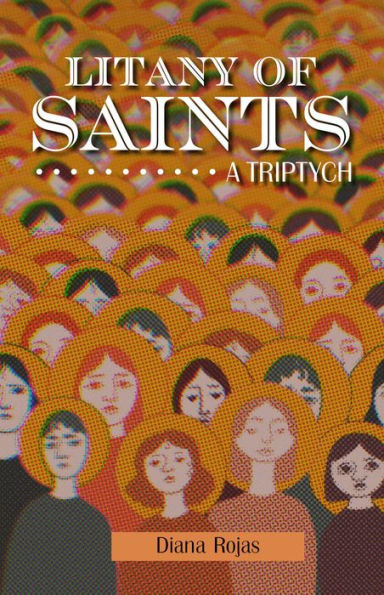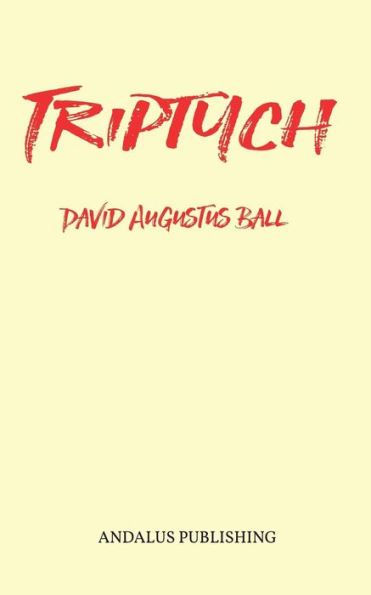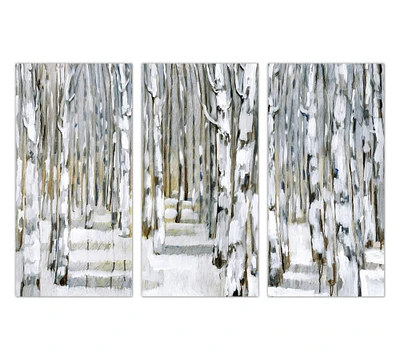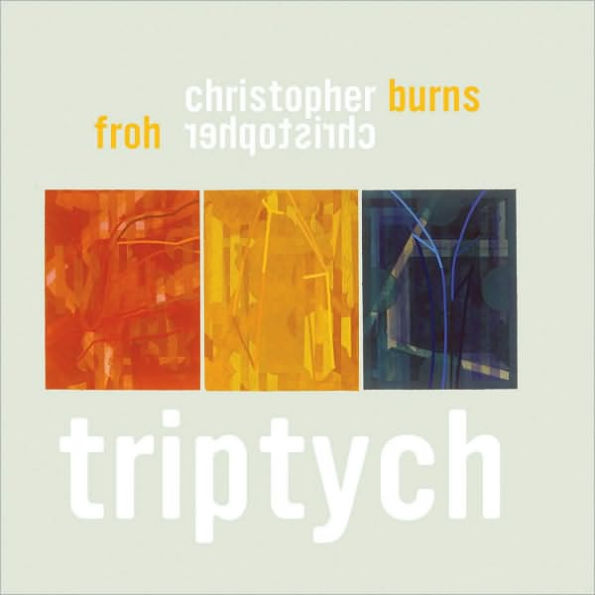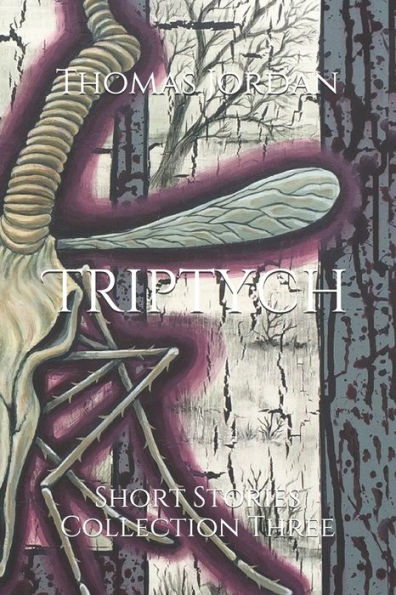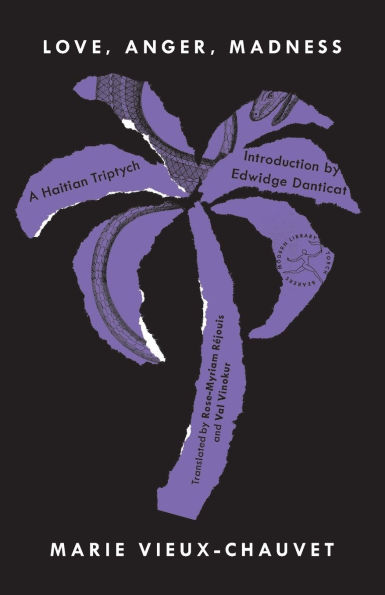Home
Triptychs
Barnes and Noble
Triptychs
Current price: $35.00
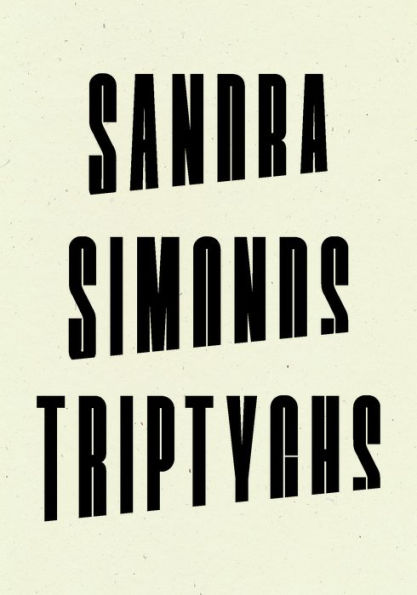

Barnes and Noble
Triptychs
Current price: $35.00
Size: Hardcover
Loading Inventory...
*Product information may vary - to confirm product availability, pricing, shipping and return information please contact Barnes and Noble
Sandra Simonds’s
Triptychs
is a brilliant intersection of poetic form and the passage of time.
Crafted initially in strips handwritten on rolls of receipt paper obtained at a dollar store, then assembled into three textual columns that sit side-by-side on the page, these triptychs are joined or disjoined in several ways—through diction, through the special relation of words (evoking intimacy, touch or, in contrast, alienation), and through thematic similarities or dissimilarities. Each poem is wildly surprising, ranging from conversations between Baudelaire and Jayne Eyre to the enjoyment of macaroons. As a result, the poems energize the confines of this writing space as they invite readers to recall painterly constructions and news headlines, wherein each pillar is in conversation with another, sequentially
and
simultaneously. With the same lyric attention found in all of Simonds’s poetry, the poems here mark an innovative shift in poetics that is both polyvocal and singular.
Triptychs
is a brilliant intersection of poetic form and the passage of time.
Crafted initially in strips handwritten on rolls of receipt paper obtained at a dollar store, then assembled into three textual columns that sit side-by-side on the page, these triptychs are joined or disjoined in several ways—through diction, through the special relation of words (evoking intimacy, touch or, in contrast, alienation), and through thematic similarities or dissimilarities. Each poem is wildly surprising, ranging from conversations between Baudelaire and Jayne Eyre to the enjoyment of macaroons. As a result, the poems energize the confines of this writing space as they invite readers to recall painterly constructions and news headlines, wherein each pillar is in conversation with another, sequentially
and
simultaneously. With the same lyric attention found in all of Simonds’s poetry, the poems here mark an innovative shift in poetics that is both polyvocal and singular.


